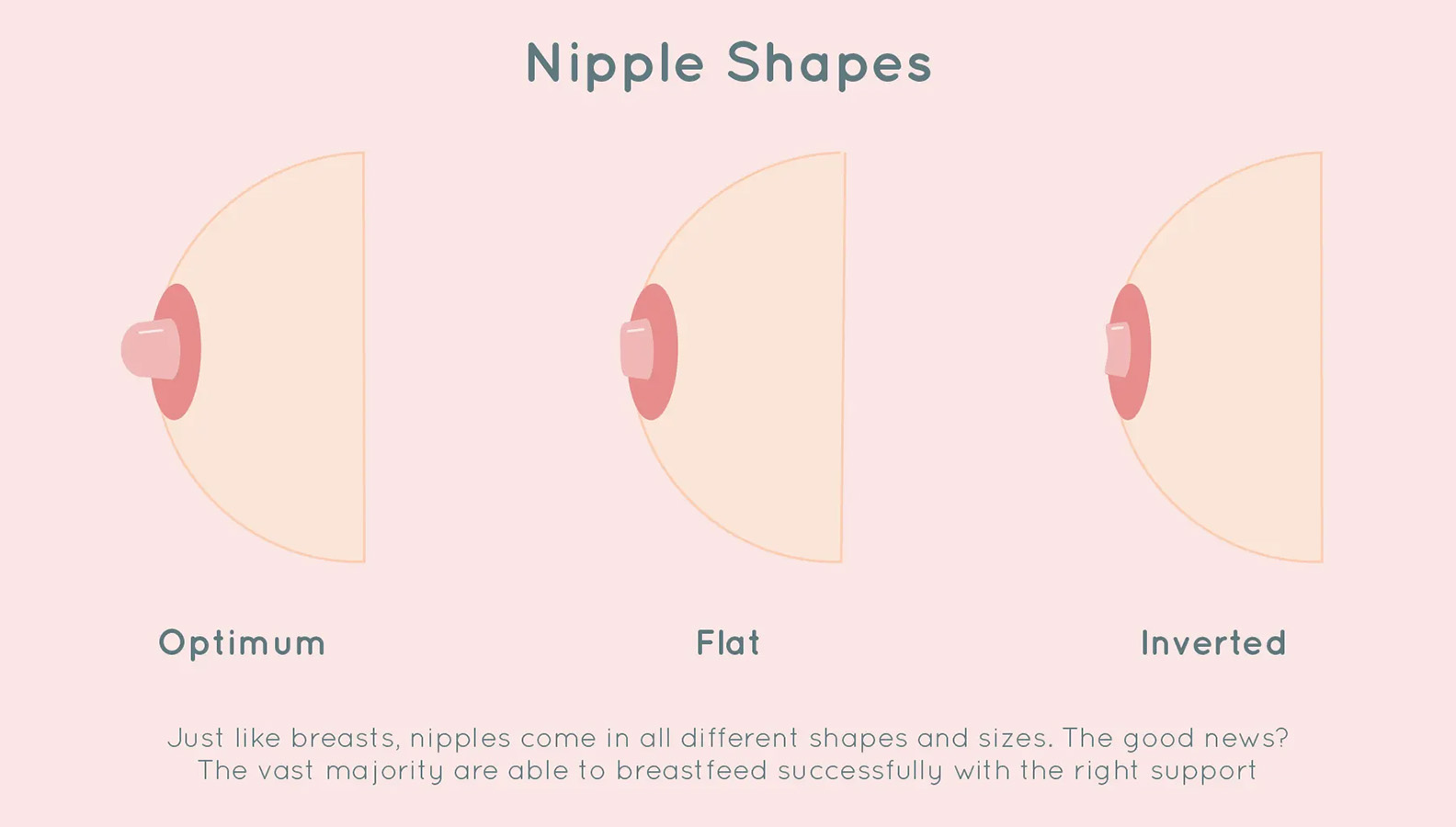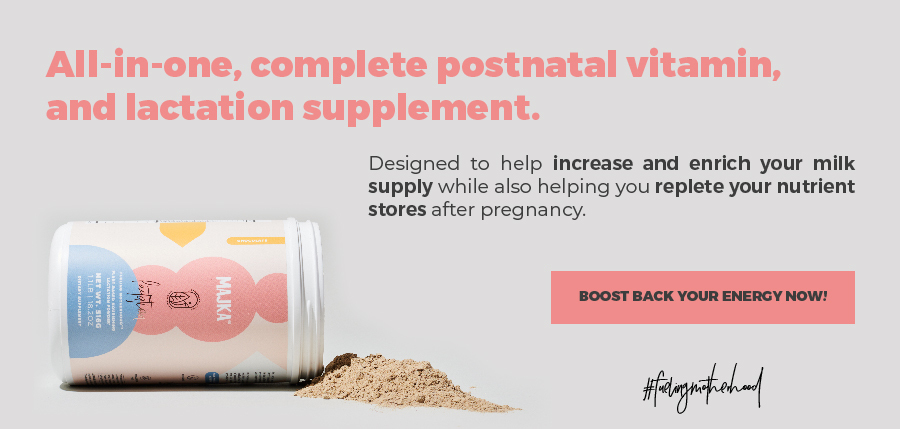
Inverted Nipples
Having inverted nipples is a condition where the nipple is retracted inwards and usually lies flat against the areola (the colored ring around the nipple).
Inverted nipples can be congenital, meaning that the person has them from birth or acquired as the person develops them later in life. Inverted nipples can happen to men and women.
Are inverted nipples a problem?
Many inverted nipples don’t tend to cause any problems but it’s important to differentiated a benign inverted nipple from one that is not since there are underlying medical conditions that can cause nipple inversion such as an abscess under the areola, mastitis and duct ectasia. If you have acquired an inverted nipple we recommend you visit your family doctor to make sure that everything is alright, especially if this happens in a short period of time.
Are all inverted nipples the same?
Inverted nipple has been classified into 3 grades:
- Grade 1: in this grade, the nipples are very amenable to manipulation and maintain projection for a considerable time. Initiation of breastfeeding may pose some difficulty but it doesn’t cause any major problems with breastfeeding.
- Grade 2: in this grade the milk ducts are retracted and the nipples can be pulled out but retract back soon after. While nursing, your baby may have difficulty latching onto the nipple but breastfeeding is possible.
- Grade 3: in this grade, the nipples can´t be pulled out and may need surgical correction; you can also experience rash, soreness or even mastitis from it. Breastfeeding may not be possible in this grade.
Can I nurse my babe if I have inverted nipples?
Women with inverted nipples may struggle with breastfeeding because of inadequate infant latching that could lead your baby to not extract enough milk which could frustrate you and leave your baby hungry; this can lead to premature termination of breastfeeding.
But the good news is that if you have inverted nipples, your baby can latch over the entire areola to make nursing possible (specially in grade 1 and 2 of inverted nipples).
Things that will help you to breastfeed with inverted nipples
Treatment: there are some surgical and non-surgical techniques to treat nipple inversion.
- Surgical options: if you are experiencing grade 3 inverted nipples, or if you wish to have inverted nipples treated by a medical procedure, whether to establish functionality or if you want to improve the physical appearance of them there are different ways to do it, and for this you have to reach your healthcare provider so you can get the best treatment to you particular case.
The most important distinction is between benign, congenital, nipple inversion, and malignancy and here is where you doctor intervins to let you know what’s going on.
- Non-surgical options: grade 1 and sometimes grade 2 inverted nipples have seen a good prognosis with simple non-surgical treatment methods such as:
- Suction devices: they usually have the form of shells, cups, nipple retractors and extractors; they work by pulling the nipple into a small cup. This has not been proven to work on a long-term benefit but some moms have found it helpful on a short time benefit.
- Piercings: piercing the base of the nipple has helped some moms as a method of correction to preserve the breast function (even the removal of it maintains the position for at least one year!).
*Hoffman´s technique: is a technique that has been popular; consists in the placement of the thumbs on opposite sides of the nipple over the areola with firm pressure on the breast to evert the nipple but studies have found that this is not helpful in breastfeeding and may disrupt the lactiferous ducts.
Flat nipples
Flat nipples are a harmless variation of what nipples usually look like, they level with the areola and the rest of the breast, they do not become erect even if they´re squeezed, stimulated or cold. Flat nipples are healthy nipples, they just have an irregular shape.
What causes flat nipples?
Some people are simply just born with flat nipples and other acquired them over life time in situations such as:
- Your milk ducts could shorten as your body prepares for menopause around the mid-thirties (it’s a common but not general thing)
- Breasts filled with milk during pregnancy may be flatten
- Swelling of the breast due to engorgement may cause the appearance of flat nipples but this resolves once the swelling goes down.
*Your healthcare provider can do a physical exam to determine if your nipples have any sign that indicates that you would need further treatment.
If there isn’t a breast condition within your flat nipples then they don’t require any treatment unless you don’t feel ok with the way they look (there is absolutely nothing to be ashamed of here, but some women prefer a more common look for their nipples), then you can ask for a change to your doctor but it would not be necessary in medical terms.
Breastfeeding with flat nipples
When you are nursing, your baby should latch to your areola, not to your nipple so this means that having a flat nipple doesn’t prevent you from breastfeeding.
Although, if you are struggling to breastfeed with flat nipples, here is something you can do to make it easier:
Breastfeeding before the milk fully comes in may help your baby to get used to latching, your breast are softer before your milk comes in which makes it easier for your baby to latch, you can do this by using a breast pump right before nursing to suction so it can help to draw out your nipples; you can also do this by hand expressing. Be aware to not remove too much milk while doing any of this because then the engorgement could grow because your body will make more milk.
* If your baby isn’t producing five to six wet diapers a day, doesn’t seem satisfied after breastfeeding or isn’t gaining weight you should visit your doctor since this may be a sign of an inefficient latching while nursing.
In Breastfeeding 101 we are very happy to share with you this information concerning breastfeeding with flat and inverted nipples so you always feel confident about what you can do to improve the journey of nursing your baby.
We hope this information has been helpful for you and we encourage you to ask your healthcare provider for any doubt or concern that you may have about your case. We also invite you to follow our content and keep in touch with more topics regarding nursing your baby.
If you would like to get more information on the topic of breastfeeding with flat or inverted nipples, we share with you some other sources that may be helpful for you:
Breast Abscess I National Library of Medicine
Flat Nipples I Cleveland Clinic
Improving Nipple Graspability for Success at Breastfeeding I Science direct
Inverted Nipple I National Library of Medicine
Mammary Duct Ectasia I National Library of Medicine
The use of nipple shields: a review I frontiers
Treatment of Inverted Nipples a Using Disposable Syringe I Journal of Human Lactation
Kristen Howorko






